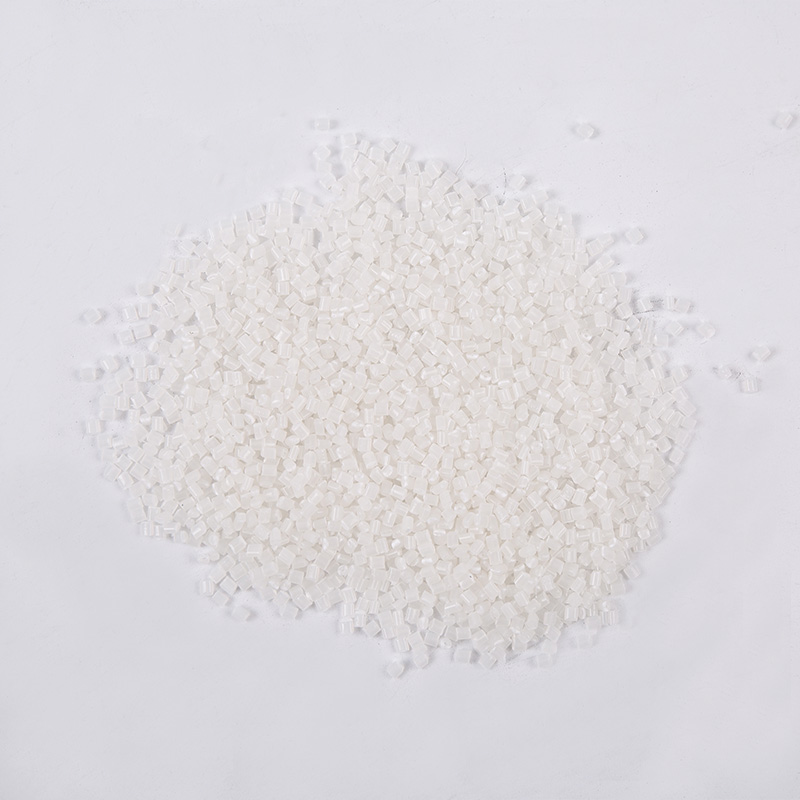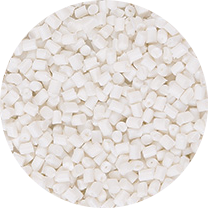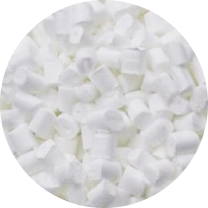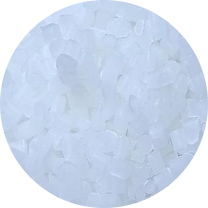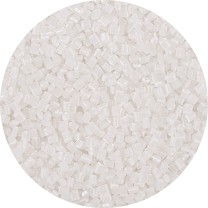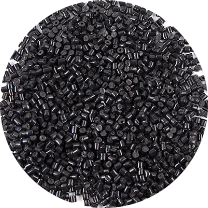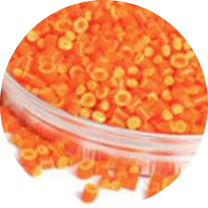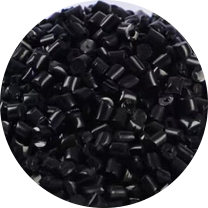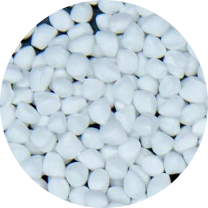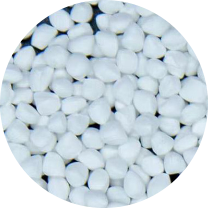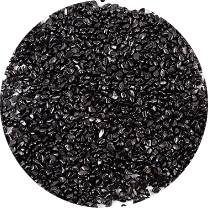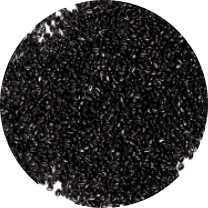Meltblown Masterbatch: Essential Material for High-Performance Nonwoven Fabrics
Meltblown masterbatch is a specialized additive used in the production of meltblown nonwoven fabrics, which are critical for filtration, medical, and hygiene applications. This masterbatch enhances the properties of polypropylene (PP) fibers, improving melt flow, filtration efficiency, and barrier performance. Due to its role in manufacturing high-quality meltblown fabrics, it has become indispensable in industries such as healthcare (face masks, surgical gowns) and industrial filtration (HEPA filters, air and liquid filtration systems).
1. Meltblown Masterbatch for Face Mask Production
Meltblown nonwoven fabric is the core filtering layer in medical and surgical face masks, including N95 respirators. The masterbatch used in this process ensures:
High filtration efficiency – Optimized fiber structure to block airborne particles, including bacteria and viruses.
Low pressure drop – Ensures breathability while maintaining filtration performance.
Antistatic and hydrophobic properties – Improves comfort and prevents moisture absorption.
Consistent fiber diameter – Critical for uniform filtration performance across production batches.
Manufacturers prefer meltblown masterbatch with additives such as calcium stearate (for improved processability) and antiviral agents (for enhanced protection).
Key Considerations When Choosing Meltblown Masterbatch for Masks:
MFI (Melt Flow Index): Typically between 1,200–1,500 g/10min for optimal fiber formation.
Additives: Antibacterial or electret charge additives can enhance filtration.
Regulatory compliance: Must meet FDA, CE, or other medical-grade standards.
Electret For Mask Masterbatch For PP Melt-Blowing Fabrics Master Batch
2. PP Meltblown Masterbatch for Filtration Applications
Beyond face masks, meltblown masterbatch is widely used in industrial and HVAC filtration systems, including:
HEPA filters (for air purification)
Liquid filtration (for water treatment and oil separation)
Automotive cabin air filters
Advantages of PP Meltblown Masterbatch in Filtration:
Fine fiber structure – Captures micron and sub-micron particles efficiently.
Thermal and chemical resistance – Suitable for harsh environments.
Customizable properties – Can be modified for flame retardancy, hydrophobicity, or antistatic needs.
Technical Requirements for Filtration-Grade Masterbatch:
Uniform polymer distribution – Ensures consistent pore size in the nonwoven fabric.
High melt flow rate – Facilitates fine fiber formation during meltblowing.
Compatibility with electret treatment – Enhances electrostatic filtration efficiency.
prevNo previous article
nextNonwoven Electret Masterbatch: Enhancing Functional Properties in Modern Applications


 English
English 中文简体
中文简体 한국어
한국어 عربى
عربى